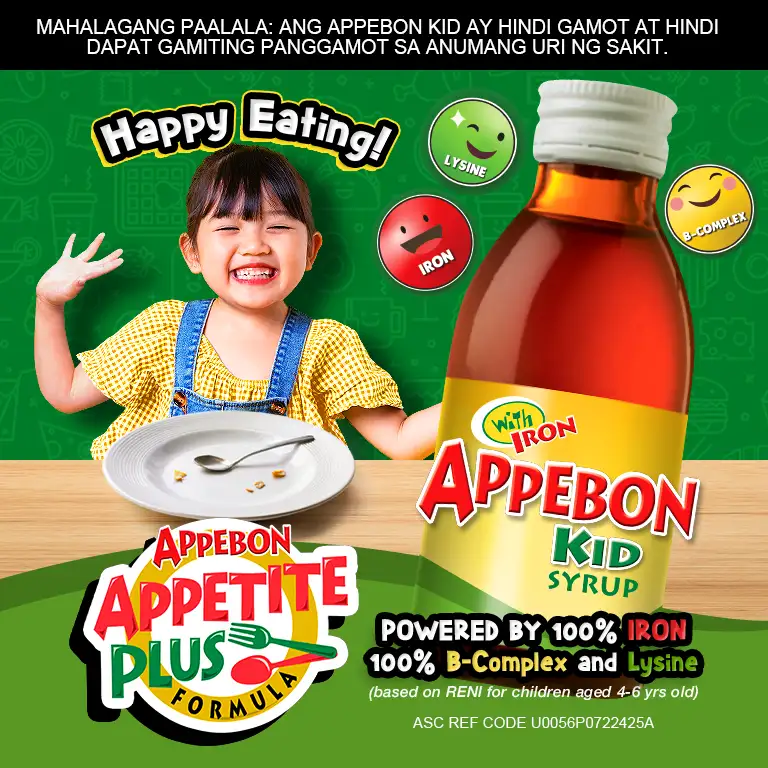According to Mayo Clinic, it takes 12-17 times to introduce a food to a child before they’re even interested in trying it. It can get very frustrating for parents who are raising children who are either too picky or those who prefer to eat junk food. Learn more about the different mealtime tactics which may help you introduce healthy eating habits to your child.
Plan your menu
Advanced meal planning can save you time and money since you won’t be wasting any resources in cooking your child’s meals. Come up with your very own menu which caters to your child’s nutritional needs and personal preferences. The usual dilemma with looking up recipes online is the unavailability or the high prices of some ingredients so it’s better to experiment with ingredients that are both accessible and affordable.
Choosing the right kind of ingredients
Remember your Go, Grow, and Glow food when you were young? Now is the best time to apply it to your child’s diet.
Go – Fuel your child’s energy for the day by adding grains like wheat bread, fortified cereals, and whole grain snacks. Choose healthier options for your child’s carb intake like brown rice, whole wheat pasta, and wheat pancakes.
Grow – Your child needs protein to support their growing bodies and to support healthy bones, muscles, and teeth. Serve up your child’s favorite chicken tenders and some hard boiled eggs to supply their protein needs for that day. Keep things interesting by offing a variety of protein sources like lean meats and steamed/grilled fish. Encourage healthy snacking by serving nuts that are rich in proteins.
Glow – The common mistake of most parents is that they do not incorporate vegetables early on in their child’s every day meals. So when it’s time to feed them the same serving of vegetables that you’re having for dinner, he/she may refuse to eat any. Add some color to your child’s meals with fruits and vegetables like tomatoes, avocados, apples, oranges, and carrots so he/she can get used to the idea of incorporating greens into his/her diet.
Get creative
Prepping your kid’s meals takes a lot of effort in itself but applying some creativity to make it visually appealing to your child can go a long way. Explore making Japanese-style bento boxes which can even serve as quality bonding time with your little one. If you don’t have time to make bento boxes, then opt for tupperwares and lunch kits which have dividers and bright colors so that it’s both functional and fun for your child to open and possibly share with friends at school.
Give your child some freedom to choose
Bringing your child to the grocery may be challenging since there are a lot of options and temptations along the way. But this can also be a good opportunity to let him/her choose what kinds of food he/she likes. Storing ready to eat snacks in the fridge like chopped fruits and veggie sticks also promotes independence in your child since this area is easily available for him/her to access during the day.
Be a smart consumer, read labels
Lay off sugary treats and snacks which contains nothing but empty calories. Make it a habit to check out the nutritional facts on the packaging and try to teach the importance of the essential vitamins and minerals to your child. If your child is currently taking vitamins, read the product information leaflets so you know if he/she is getting the right nutrients.
Set a good example
Last but definitely not the least, the best way to introduce healthy eating to your child is by practicing it on a daily basis. If your child is still at an age where he/she eats a different dish from yours, make it a point to eat healthy meals so transitioning to adult food won’t be too hard for your child. Assign places where eating is allowed like the kitchen and dining room. Discourage eating/snacking in front of the television and in their study areas.



